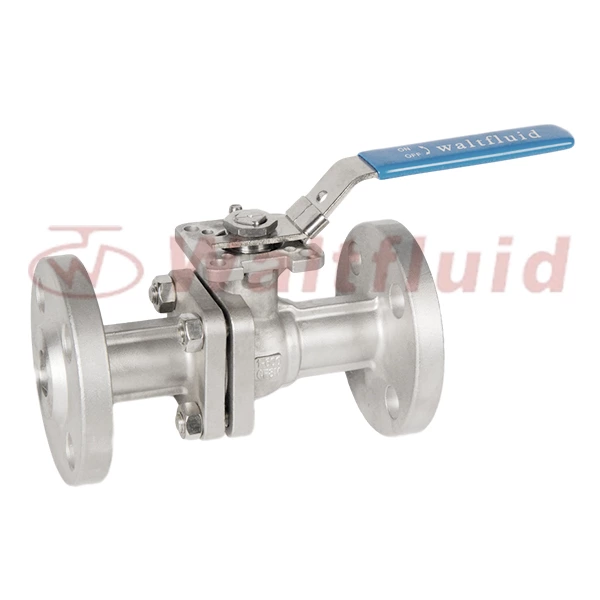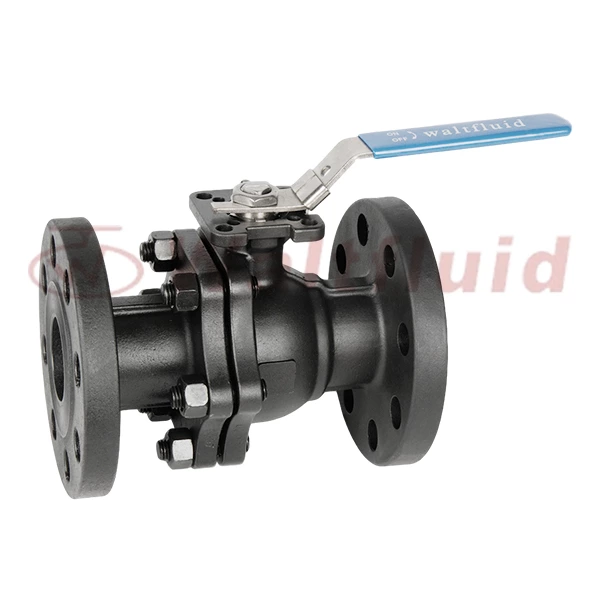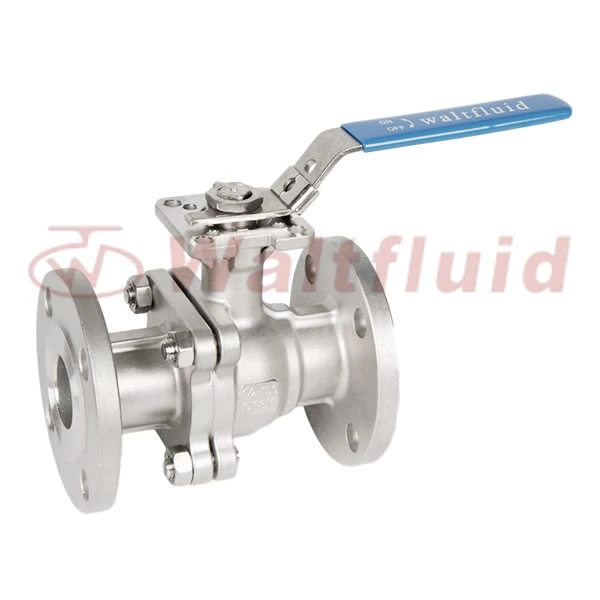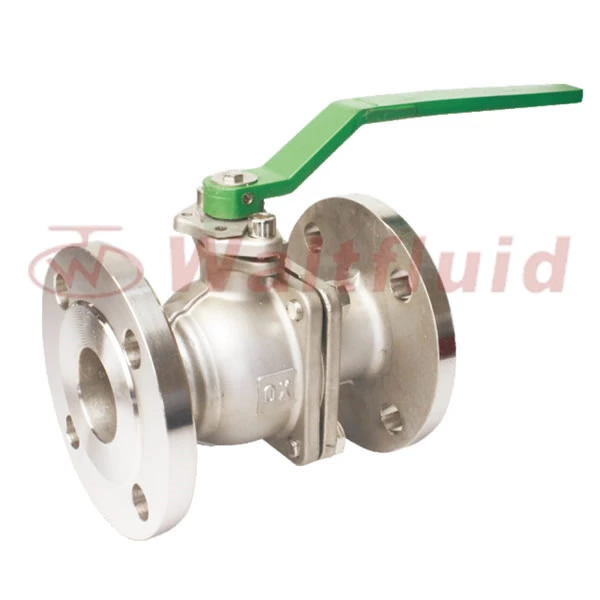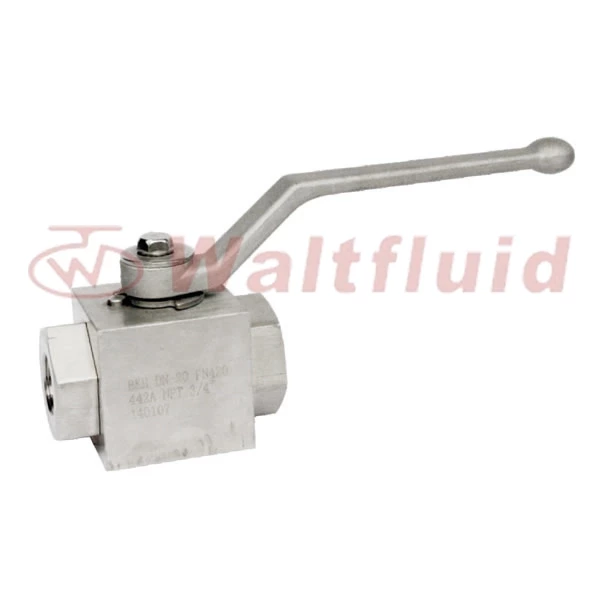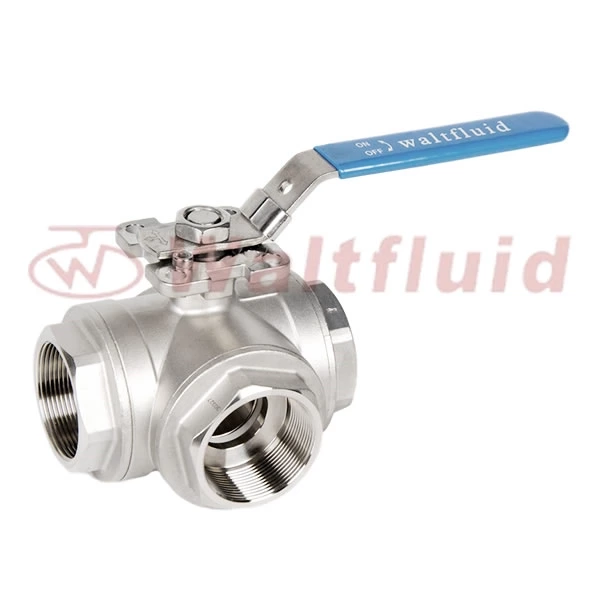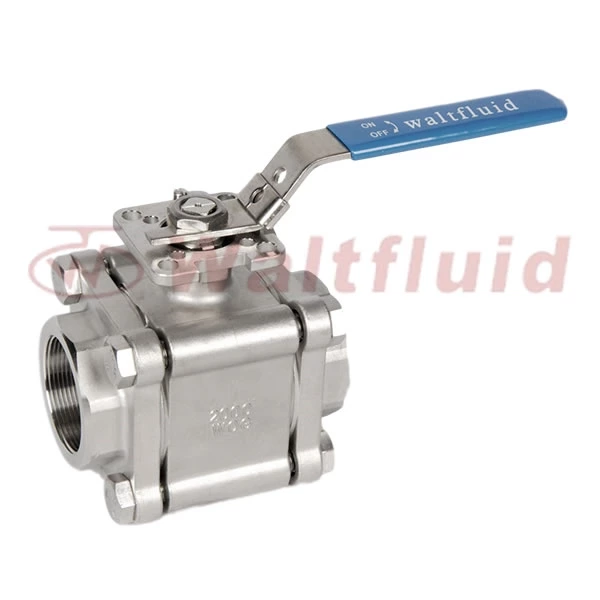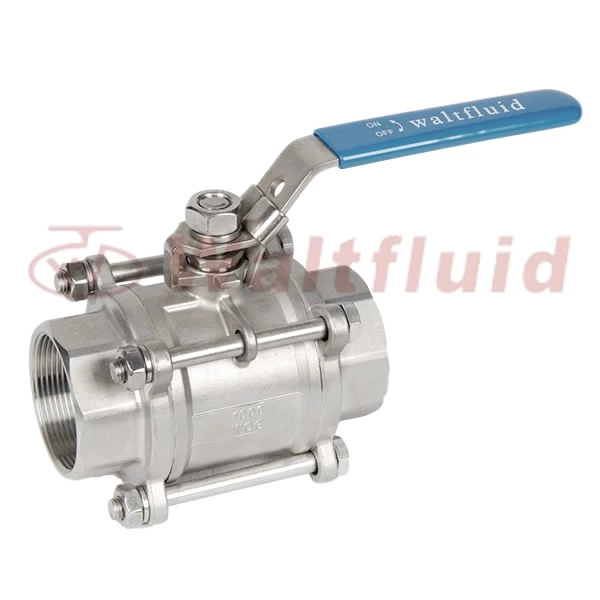Stainless Steel Valves Selection Guide: Size, Pressure Rating And Material
When choosing 3 Piece Ball Valve, you need to consider the size, pressure rating and material of the valve to ensure that it can operate reliably under specific working conditions. The following is a detailed selection guide to help you make the right decision:
1. Size selection
1.1 Pipe size
Pipe diameter: The size of the valve should match the diameter of the pipe. Common standard sizes include 1/2 inch to 24 inches or larger.
Flow demand: Select the size of the valve according to the flow demand in the pipeline. Systems with larger flows require larger valves to avoid flow restrictions.
1.2 Connection method
Flange connection: Suitable for most industrial piping systems to ensure a tight connection between the valve and the pipeline.
Threaded connection: Suitable for small valves or low pressure applications.
Welded connection: Used for high pressure or high temperature applications, providing good sealing performance.
2. Pressure rating
2.1 Pressure rating
Common ratings: Such as 150 pounds, 300 pounds, 600 pounds, etc., indicate the pressure that the valve can withstand. When selecting, make sure that the pressure rating of the valve is greater than or equal to the working pressure of the pipeline system.
Applicable environment: For high-pressure systems, such as chemical or petroleum industries, it is necessary to select valves with high pressure ratings.
2.2 Testing and certification
Pressure test: Ensure that the valve is pressure tested to verify its reliability under the specified pressure.
Certification standards: Select valves that meet the standards to ensure quality.
3. Material selection
3.1 Stainless steel material
304 stainless steel: General-purpose material with good corrosion resistance and heat resistance, suitable for most industrial applications.
316 stainless steel: Has good corrosion resistance, especially suitable for marine environment or chlorine-containing environment.
321 stainless steel: Suitable for high temperature environment, with excellent oxidation resistance and corrosion resistance.
17-4 PH stainless steel: High-strength alloy steel, suitable for high pressure and high strength applications.
3.2 Special alloys
Alloy steel: Used in applications requiring high strength and wear resistance, such as petroleum industries.
Duplex stainless steel: Combining the characteristics of austenite and ferrite, with high strength and corrosion resistance, suitable for complex environments.
4. Valve Type
4.1 Globe Valve
Features: Control fluid flow by rotating the valve stem, suitable for scenarios with high flow control requirements.
Application: Commonly used in pipeline systems in the petroleum, chemical, metallurgical and other industries.
4.2 Gate Valve
Features: Used to completely switch fluids, and control flow by lifting and lowering the gate.
Application: Suitable for scenarios that need to be fully opened or closed, such as water treatment and fire protection systems.
4.3 Ball Valve
Features: Control fluid flow by rotating the ball, fast switching, and good sealing.
Application: Widely used in pipeline systems in the petroleum, chemical gas and other industries.
4.4 Butterfly Valve
Features: Control fluid flow by rotating the butterfly plate, suitable for large pipe diameters and low pressure occasions.
Application: Commonly used in water treatment, HVAC systems and industrial pipelines.
4.5 Stuffing Valve
Features: Can be repaired in the pipeline, and the valve body can be "stuffed" for maintenance.
Application: Suitable for occasions that require regular maintenance, such as chemical and petroleum systems.
5. Working temperature
Normal temperature: When selecting stainless steel valves, you need to ensure that their operating temperature range is suitable for actual applications. 304 stainless steel is suitable for normal temperature environments, while 316 and 321 stainless steel are suitable for high temperatures.
Special temperature: For temperature environments (high or low temperatures), you need to choose valves that have been specially treated or designed.
6. Sealing performance
Sealing material: Select suitable sealing materials, such as PTFE (polytetrafluoroethylene), rubber, asbestos, etc., to ensure the sealing performance of the valve in high pressure or corrosive environments.
Sealing design: Select a suitable sealing design according to the fluid type and working conditions to ensure a reliable sealing effect.
7. Manufacturing standards and certifications
Standards: Select valves that meet the standards to ensure quality and performance.
Certification: Confirm whether the valve has been certified and tested to ensure that it meets industry requirements and standards.
8. Maintenance and service
Maintenance requirements: Understand the maintenance requirements of the valve and select models that are easy to maintain and repair.
After-sales service: Choose a supplier that provides good after-sales service to ensure timely support and service during use.
Summary
When choosing a stainless steel valve, you need to consider multiple factors such as size, pressure rating, material, valve type, operating temperature, sealing performance, manufacturing standards and maintenance services. According to the specific application requirements and working environment, choosing the right stainless steel valve can ensure the reliability and long-term stable operation of the system.
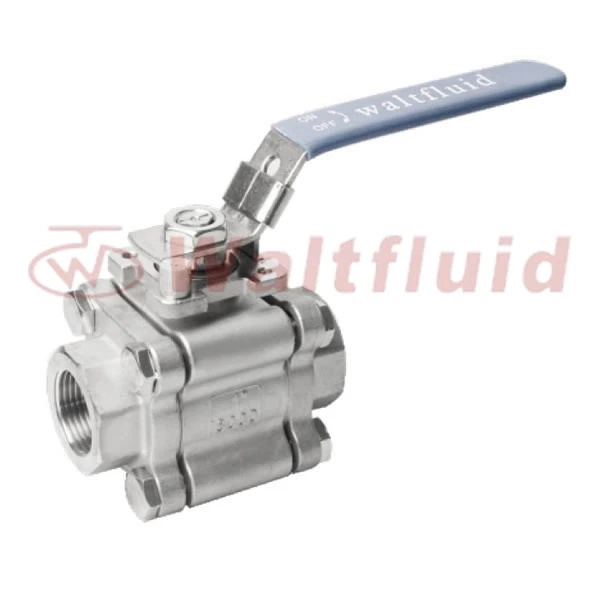
 English
English 中文
中文 Pусский
Pусский  Español
Español
